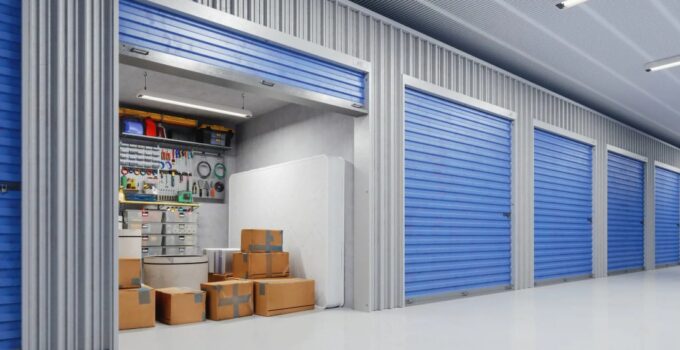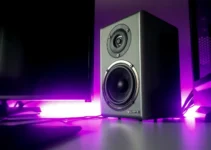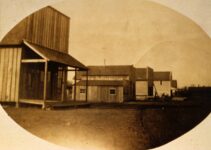Finding the right fit for your belongings can feel overwhelming. You don’t want to end up paying for extra unused space or struggling to cram your valuables into a tight corner. Picking the right option doesn’t have to be tricky when you know what to look for.
Page Contents
Key Points
- Assess your inventory and measure your items.
- Think about future needs to avoid resizing later.
- Smaller options fit boxes and seasonal items best.
- Larger spaces suit furniture and bulky items.
- Climate-controlled spaces protect sensitive items.
Why Getting the Right Space Matters
Choosing correctly saves money, time, and stress. Overpaying for an unused room or cramming your belongings into a space that’s too small leads to frustration. Think about what you’re storing: small items like boxes or seasonal decorations, or big pieces like furniture and appliances.
Imagine moving to a new city. Your life in boxes feels chaotic enough. A correctly chosen storage space keeps everything organized. No guessing. No stress.
Key Considerations:
- Assess what you’re storing.
- Avoid overspending on unused space.
- Plan for how you’ll arrange items inside.
Small, Medium, or Large? Breaking Down the Options
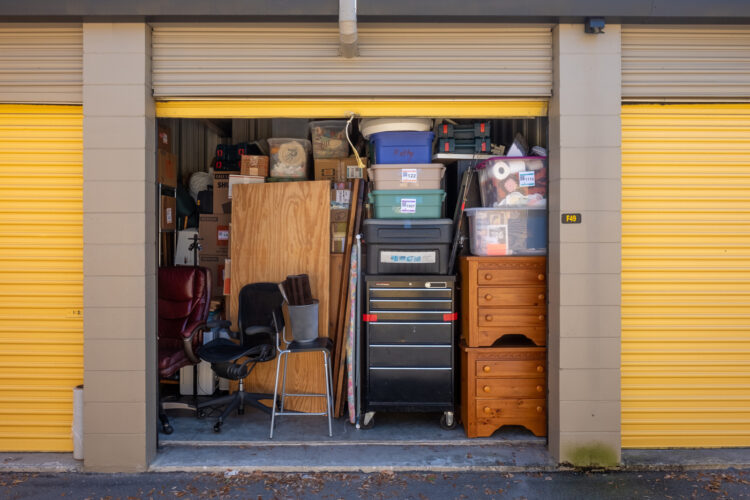
Source: spacecentrestorage.com
When browsing self storage units, consider what you’re putting away and how long you’ll need the space. A small locker works perfectly for a few boxes of files, books, or off-season clothes. Medium options handle items like beds, small furniture, and extra appliances. Larger rooms can hold the contents of a whole apartment or house, including couches, dining tables, and refrigerators.
Visit Cedar Storage to compare the self storage units options available locally. Seeing real examples helps you visualize how your possessions will fit. It’s better to be slightly under capacity than wasting money on a huge, half-empty space.
Tips for choosing the right fit:
- Start with an inventory of your belongings.
- Use measuring tools to estimate your needs.
- Consider renting slightly larger for flexibility.
Common Sizes Explained
Understanding common sizes makes decision-making easier. Below are some options to help you visualize:
Small Units (5×5 Feet)
- Comparable to a small closet.
- Holds boxes, files, or personal decorations.
- Ideal for short-term use or seasonal items.
Medium Units (5×10 Feet to 10×10 Feet)
- About the size of a walk-in closet or small bedroom.
- Suitable for furniture, appliances, or larger belongings.
Large Units (10×20 Feet or More)
- Can fit an entire apartment’s contents.
- Great for long-term needs or large furniture sets.
How to Visualize Your Space
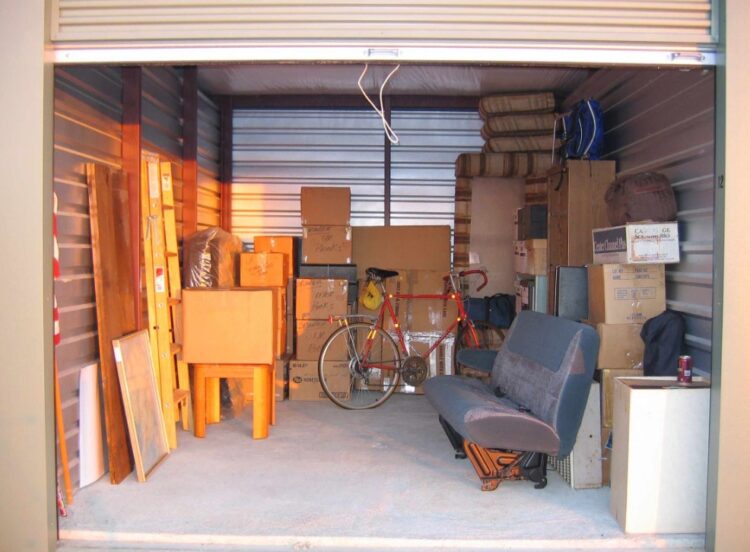
Source: shipped.com
It’s easy to misjudge how much space you need. Start by measuring key items. Imagine stacking boxes or organizing furniture vertically. Keep similar items together for efficient use of the area.
Tips for Visualization:
- Group items by type or size before packing.
- Think vertically; taller spaces save floor space.
- Sketch a layout to map out how items fit.
Consider Climate Control
Certain items require stable conditions to prevent damage. Electronics, artwork, wooden furniture, or heirlooms can warp, crack, or degrade if stored in spaces exposed to extreme heat or cold. Climate-controlled spaces cost more but protect your valuables.
Think of it as insurance. If you’re putting away items worth thousands, why risk them in a humid or damp environment? Spending slightly more upfront beats replacing cherished belongings.
Examples of Items Needing Climate Control:
- Musical instruments
- Leather goods
- Collectibles or antiques
Ask the Right Questions
Before You Commit, Ask Yourself:
- Will I need frequent access to my items?
- Is there room for me to walk inside and locate items?
- Will I add more belongings later?
Having answers ensures you choose the right size and type for your needs. Avoid rushing decisions—thinking ahead saves money.
Practical Tips for Efficient Packing
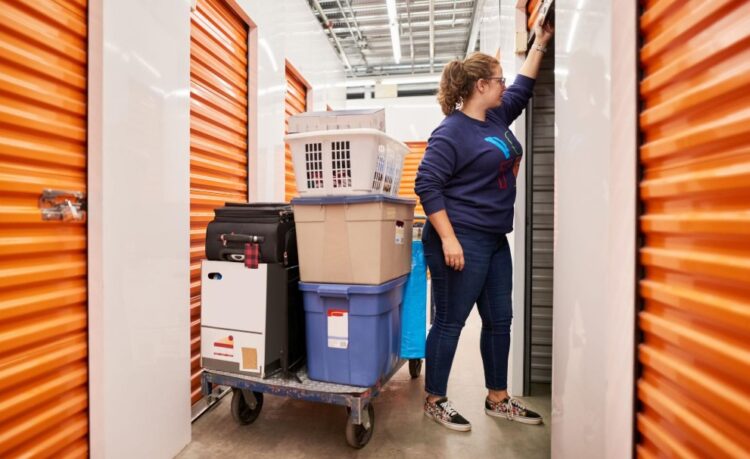
Source: bbc.com
- Stack smartly ─ Place heavier items on the bottom and lighter ones on top.
- Create an aisle ─ Leave a clear path for accessing frequently needed items.
- Use clear labels ─ Mark all boxes for easy identification.
- Use vertical space ─ Shelving helps make the most of your area.
Think Long-Term
Short-term storage allows for tighter packing, but for long-term use, prioritize space for air circulation and easier access. Seasonal items or personal collections benefit from careful planning to prevent damage over time.
Long-Term Planning Checklist:
- Leave breathing room around furniture.
- Avoid cramming to maintain item quality.
- Use protective covers for furniture or fragile items.
How Future Needs Influence Your Choice
Many people overlook future storage needs when selecting space. If your situation is changing—moving, downsizing, or expanding your living space—anticipate those changes. Picking an option slightly larger than what you currently need gives flexibility for growth.
Common Mistakes to Avoid
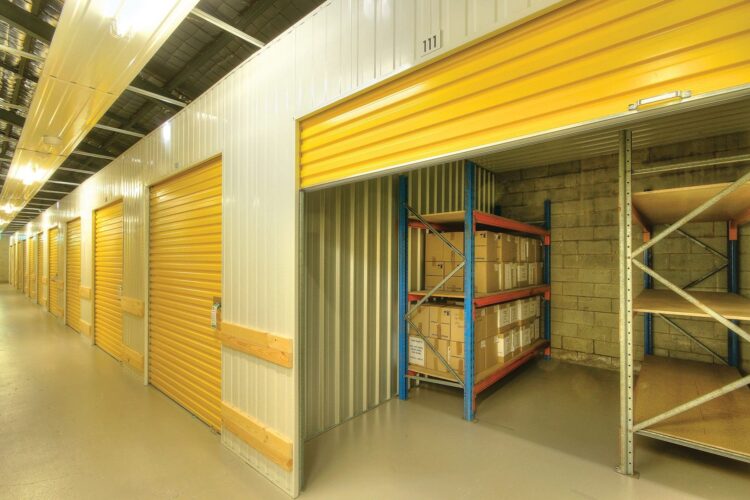
Source: localstorage.ae
1. Underestimating Space Requirements
- People often overlook bulky items like furniture.
- Misjudging the need for walking space leads to frustration.
2. Overpaying for Excess Room
- Empty space means wasted money.
- Avoid oversized options unless truly necessary.
3. Ignoring Accessibility
- Items placed poorly become hard to reach.
- Always organize for convenience.
Storage Tips for Specialty Items
Some items need extra care when being packed away. Fragile, bulky, or temperature-sensitive items often require specific strategies to prevent damage.
Packing Tips for Specialty Items
- Artwork or mirrors ─ Wrap in bubble wrap and store upright to avoid pressure damage.
- Electronics ─ Use original packaging whenever possible, and keep them away from areas with moisture.
- Furniture ─ Disassemble where possible to save space and wrap corners to prevent scratches.
Planning carefully ensures even your most valuable items remain safe.
Final Thoughts
Finding the perfect fit requires a little thought, but it pays off. You’ll save money and avoid frustration with careful planning. Whether it’s a small locker for a few boxes or a large room for bulky items, the key lies in visualizing what you need.
Assess your belongings carefully. Think about future needs. Plan your arrangement to maximize efficiency. Making an informed choice ensures peace of mind and keeps your possessions secure.

